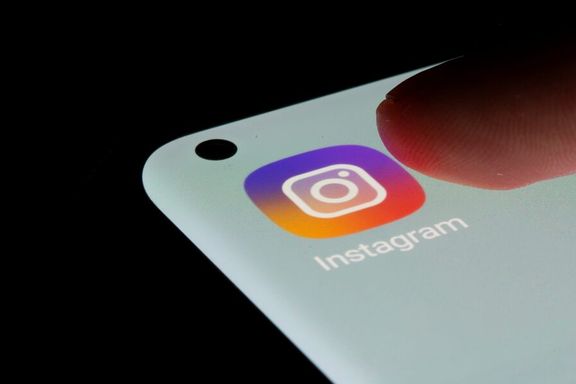Iran's Cyber Police Step Up Online Crackdown On Un-Islamic Activities

The head of the Iranian cyber police unit has introduced new measures to crack down on online activities that reportedly contravene Islamic, social, and cultural norms.

The head of the Iranian cyber police unit has introduced new measures to crack down on online activities that reportedly contravene Islamic, social, and cultural norms.
The latest measure will monitor the behavior of Iranian people in the digital realm, singling out anything that may be viewed as "moral and cultural offenses" by the regime.
This move is largely seen as a continuation of the authorities' renewed crackdown on women's hijabs, dubbed "Plan Noor." The so-called morality police have resumed their aggressive practices on the streets since April 13, targeting women refusing to cover their hair.
Vahid Majid, the Cyber Police Chief, detailed that the crackdown would target individuals involved in streaming “obscene” live content, producing “vulgar” materials, and engaging in online modeling.
According to Majid, an operation has already resulted in the identification and subsequent legal action against the operators, managers, and members associated with 10 pages and websites.
Built by the Islamic Republic, Iran’s internet has one of the world’s most comprehensive Internet censorship systems. While access to many popular websites and online services, including YouTube and Facebook is blocked, Iranians often find ways to circumvent restrictions. The regime routinely uses its digital network amid national protests to orchestrate Internet shutdowns and has also increased other forms of censorship.
The latest censorship of the digital realm coincides with recent actions by the cyber police to block access to several popular social media pages in Iran, as well as moves by the judiciary to summon and charge individuals over online comments.
Majid claimed that 91% of content he describes as "morally offensive" originates from Instagram, which, like other major platforms including Facebook, X (formerly Twitter), YouTube, Telegram, and WhatsApp, is officially blocked in Iran.
Despite the restrictions imposed by authorities, a survey by the Iranian Students Polling Agency (ISPA) published in February revealed that a significant portion of the Iranian population continues to access these platforms.
Approximately 46.5% of Iranians are reported to use Instagram, 35.3% use WhatsApp, and 34.6% use Telegram, reflecting a robust engagement with social media despite governmental filters.